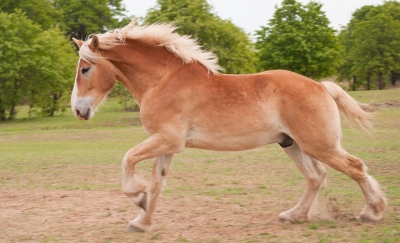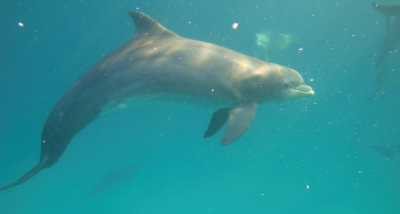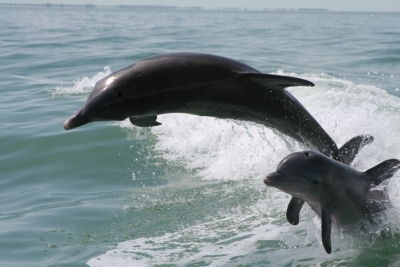How big is the World Wide Web?

According to Google, the World Wide Web is made of more than 60 trillion individual pages – more pages than the number of neurons in your brain.
The Internet is a busy place. Every second, approximately 6,000 tweets are tweeted; more than 40,000 Google queries are searched; and more than 2 million emails are sent, according to Internet Live Stats, a website of the international Real Time Statistics Project.
But these statistics only hint at the size of the Web. As of September 2014, there were 1 billion websites on the Internet, a number that fluctuates by the minute as sites go defunct and others are born. And beneath this constantly changing (but sort of quantifiable) Internet that's familiar to most people lies the "Deep Web," which includes things Google and other search engines don't index. Deep Web content can be as innocuous as the results of a search of an online database or as secretive as black-market forums accessible only to those with special Tor software. (Though Tor isn't only for illegal activity, it's used wherever people might have reason to go anonymous online.)
Picture Credit : Google










 Stretching your arm in front of neighbors at the table disrupts their meals – and is a good way to accidentally upend the gravy boat. It is impolite to reach over someone to pick up food or other items. Diners should always ask for items to be passed along the table to them. In the same vein, diners should pass those items directly to the person who asked. Always scoop food, using the proper utensil, away from you. Always use serving utensils to serve yourself, not your personal silverware.
Stretching your arm in front of neighbors at the table disrupts their meals – and is a good way to accidentally upend the gravy boat. It is impolite to reach over someone to pick up food or other items. Diners should always ask for items to be passed along the table to them. In the same vein, diners should pass those items directly to the person who asked. Always scoop food, using the proper utensil, away from you. Always use serving utensils to serve yourself, not your personal silverware.

